Select fresh, organic botanicals at peak ripeness and grind them finely to maximize extraction efficiency. You'll want to start with lower pressures (above 73.8 bar) for lighter fragrance molecules, then increase pressure to capture heavier compounds like terpenes. When blending your extracts, follow the 30-50-20 ratio for top, middle, and base notes, diluting to 10% concentration for precise control. These fundamentals of CO2 extraction will help you reveal the full aromatic potential of your natural perfumes.
Selecting the Right Plant Materials for CO2 Extraction
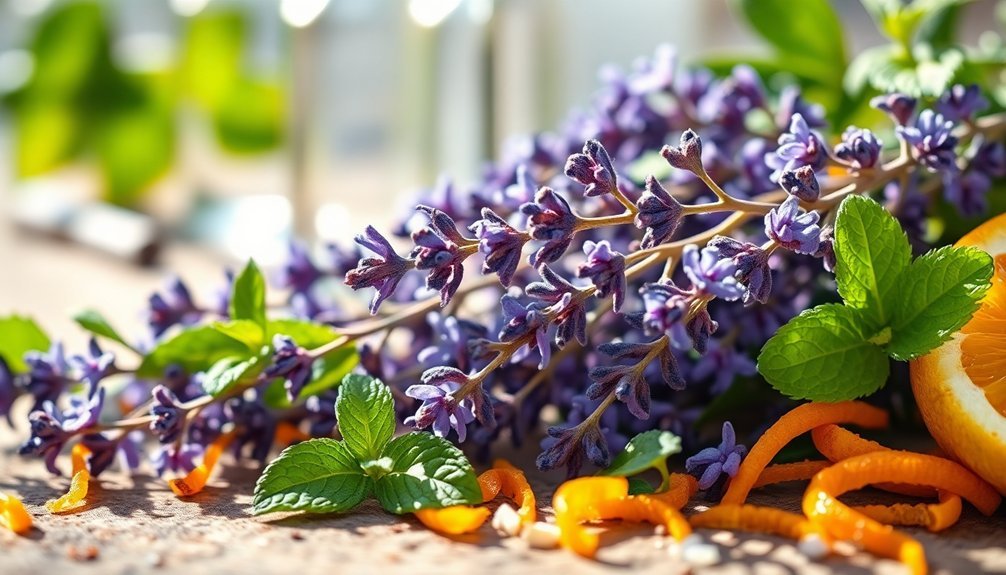
Why is selecting the right plant materials essential for CO2 extraction? The quality of your botanical materials directly impacts the potency, purity, and aromatic profile of your final product.
You'll need to focus on plants rich in essential oils and aromatic compounds to achieve ideal results. Start by choosing fresh, organic botanicals at their peak ripeness. Preparing materials by finely grinding botanicals helps maximize the extraction efficiency.
You'll want to source from reputable suppliers who can verify the quality and origin of their materials. Before processing, conduct a thorough visual inspection to check for any signs of damage or contamination.
Test the moisture content and verify it's within acceptable limits for CO2 extraction. Remember to maintain detailed records of each batch, including source information and processing dates.
This documentation helps you track consistency and meet regulatory requirements for natural perfume production.
Optimizing Pressure Settings for Different Fragrance Notes
When extracting fragrance notes through supercritical CO₂, precise pressure control becomes essential for capturing different aroma compounds.
You'll want to start with lower pressures to extract lighter molecules like fruity esters and aldehydes before moving to higher pressures for heavier compounds such as fatty acids and terpenes.
You'll need to maintain temperatures above 31.1°C and pressures exceeding 73.8 bar to keep CO₂ in its supercritical state.
By using fractional extraction, you can collect different aroma compounds separately, giving you maximum control over your fragrance profile. This selective approach prevents delicate top notes from mixing with unwanted volatiles.
Remember that while higher pressures increase extraction efficiency, they might also pull out undesirable components. The process creates no toxic residues since CO2 completely evaporates after extraction.
You'll need to optimize your pressure settings based on your specific fragrance requirements and the sensitivity of your chosen materials.
Blending CO2 Extracts to Create Complex Natural Perfumes
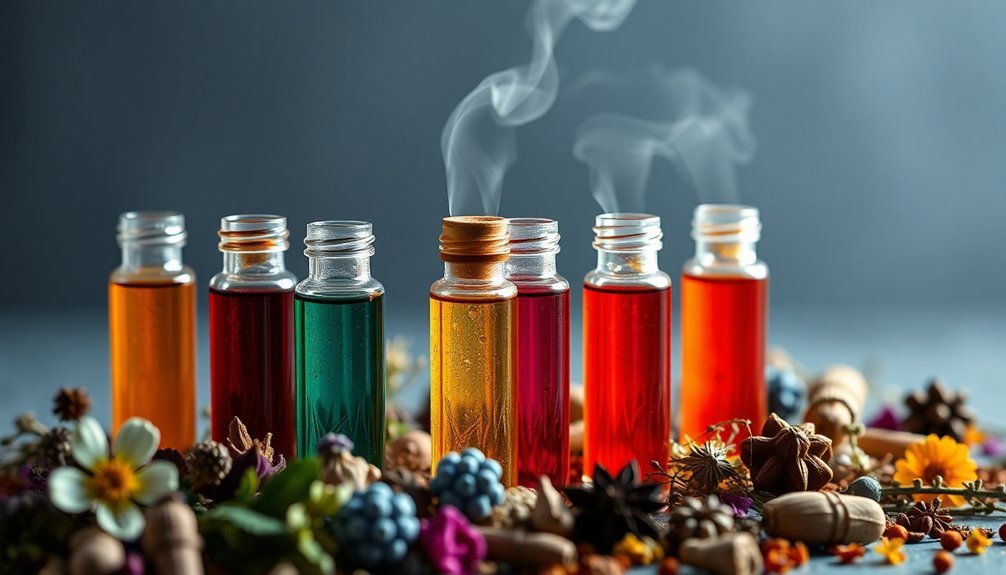
Building on your pressure optimization knowledge, blending CO2 extracts requires a systematic approach to create complex natural perfumes.
You'll want to start by listing your materials and their intended proportions, following a general ratio of 30% top notes, 50% middle notes, and 20% base notes. For accuracy, dilute to 10% before beginning the blending process.
Begin with small increments of 5 drops, weighing each addition precisely for future replication. You can incorporate CO2 extracts like myrrh and coffee bean for base notes, kava kava root for middle notes, and citrus extracts for top notes.
These extracts offer superior authenticity to the natural plant aroma and preserve volatile compounds that traditional methods can't capture.
Let your blend mature for at least a week before evaluation.
You'll find CO2 extracts provide better solubility and more complete aromatic profiles than conventional alternatives.
Frequently Asked Questions
How Long Can CO2 Extracts Be Stored Before Losing Their Fragrance Quality?
You'll get 2-3 years of quality fragrance from your CO2 extracts when you store them properly in cool, dark places using airtight glass containers. Regular checks help you monitor their condition over time.
What Safety Certifications Are Required to Operate Supercritical CO2 Extraction Equipment?
You'll need PED or ASME certification depending on your location, plus CE marking for Europe. Your equipment must have safety valve certifications, pressure vessel certificates, and CO2 sensor compliance documentation.
Can CO2 Extracts Be Diluted With Carrier Oils for Personal Use?
Yes, you can safely dilute CO2 extracts with carrier oils like jojoba or sweet almond oil. You'll want to follow recommended dilution rates of 1-3% and warm solid extracts before blending them.
How Do Temperature Fluctuations During Storage Affect CO2 Extract Stability?
Temperature fluctuations can degrade your CO2 extracts' quality by breaking down volatile compounds and altering their fragrance profile. You'll want to store them at consistent cool temperatures to maintain their stability and potency.
What Cleaning Protocols Are Necessary for CO2 Extraction Equipment Between Different Materials?
You'll need to fully disassemble and clean components with CO2-ethanol solution, ensuring no cross-contamination between materials. Always flush the system, dry thoroughly, and run a test cycle before switching ingredients.
In Summary
You'll find that supercritical CO2 extraction opens up exciting possibilities for natural perfumery. When you've mastered selecting the right plant materials, fine-tuned your pressure settings, and learned to blend your extracts, you're ready to create unique, pure fragrances. Don't forget to experiment with different combinations and document your successful extractions. Your natural perfumes will capture the true essence of botanicals without chemical solvents.


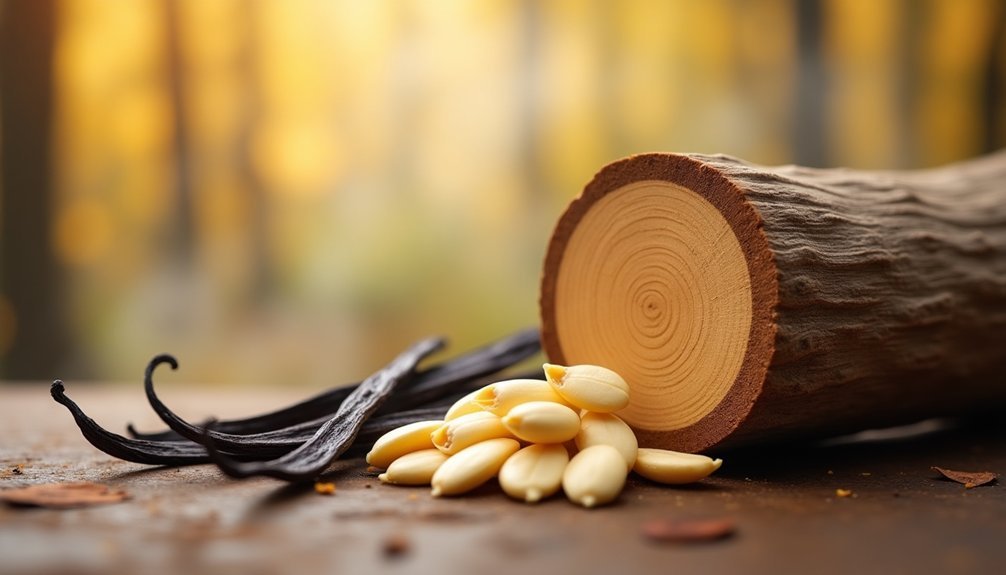
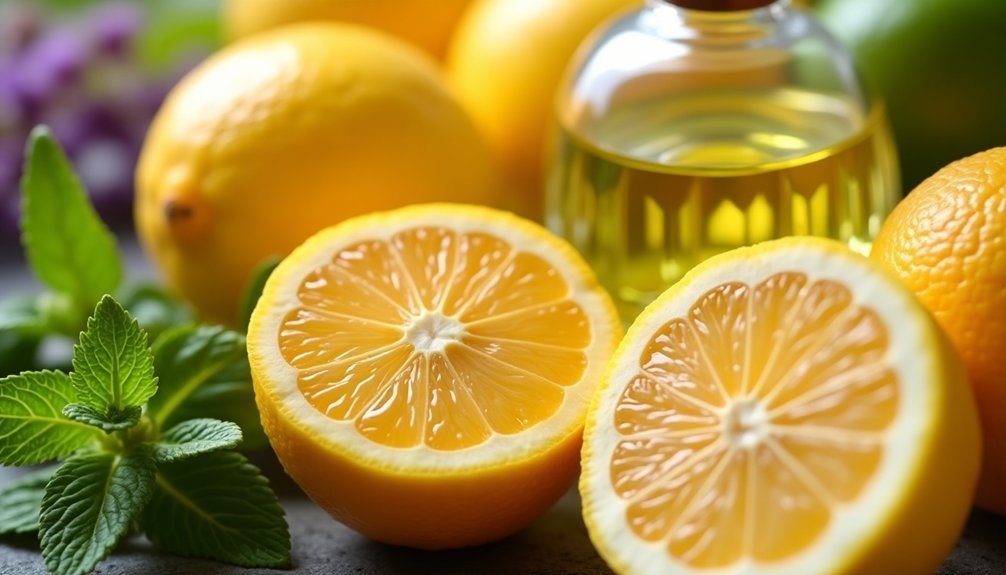
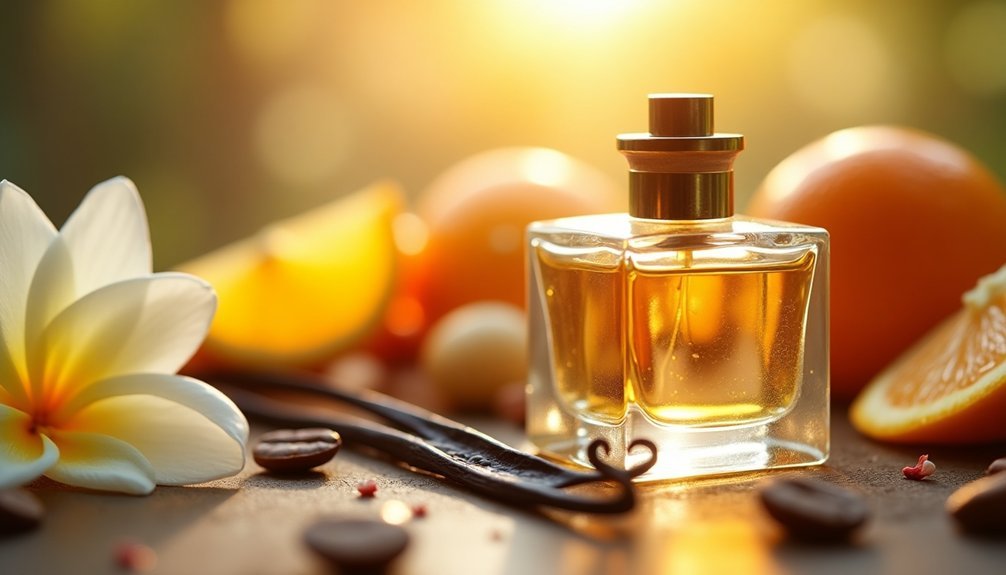
Leave a Reply